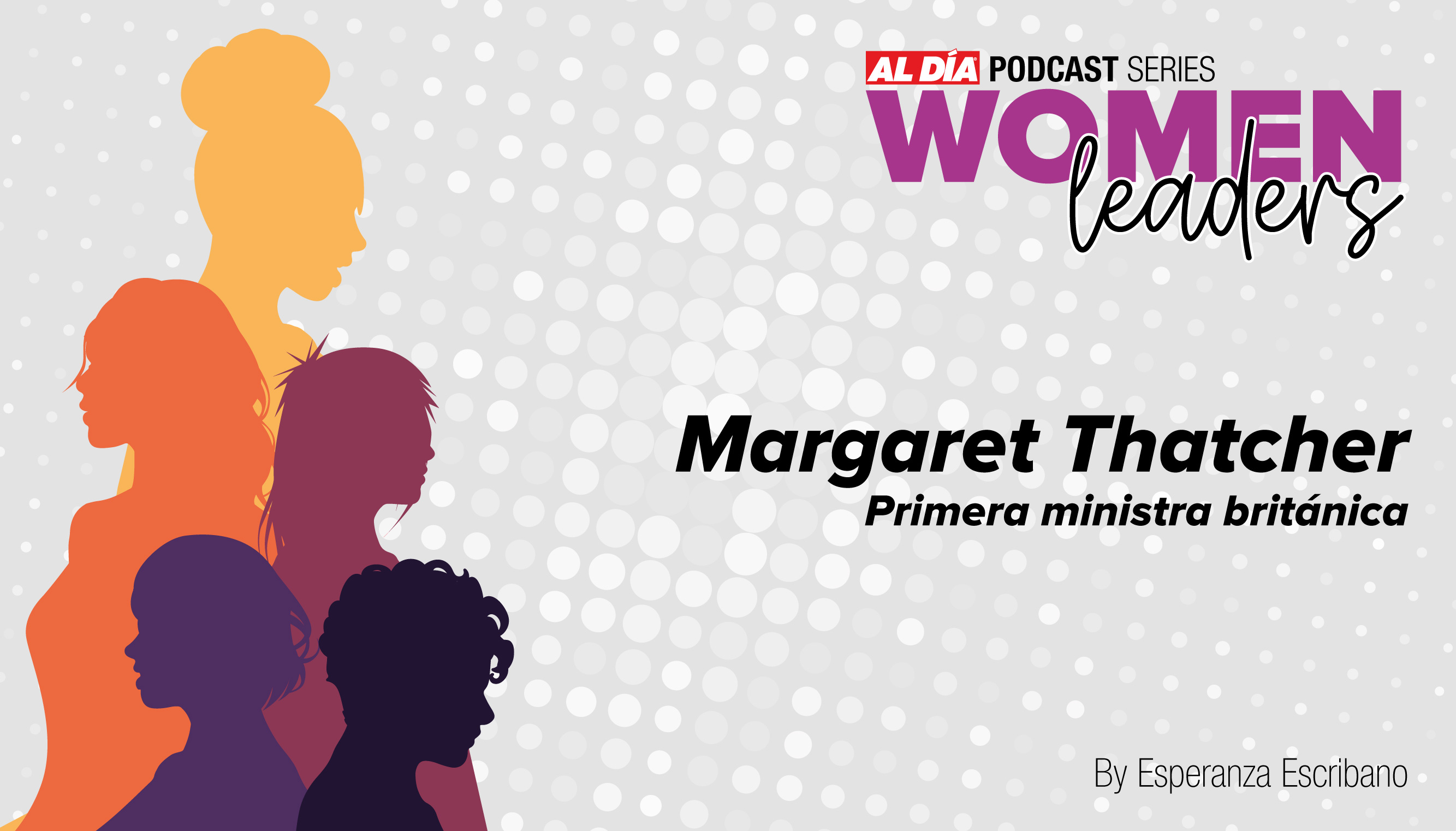
World education systems oppose multiple threats of virtual learning on students
In-person learning remains unmatched as school closures and setbacks lead to an increase in learning losses.
Students around the world are facing growing challenges as a result of virtual learning.
With classes moving online during the pandemic, the gap to learning poverty only widens, potentially costing about $17 trillion in student lifetime earnings, a recent report shows.
A study by the United Nations Educational, Scientific and Cultural Organization (UNESCO), the United Nations Children’s Fund (UNICEF), and the World Bank found that’s how much it could cost students in the COVID-19 era.
In the research section of COVID’s impact on learning, they define learning losses as any “interruption to academic progress” or “a loss of knowledge or skill” due to gaps in student education.
Virtual learning has led to students and teachers hurdling material forgotten from previous studies, and instruction that was not understood or missed.
Jaime Saavedra, global director for education at the World Bank, said much concern is placed on the growing percentage of learning poverty in low and middle-income countries.
“The loss of learning that many children are experiencing is morally unacceptable. And the potential increase of learning poverty might have a devastating impact on future productivity, the well-being for this generation of children and youth, and the world’s economies,” said Saavedra.
Learning poverty, the number of 10-year-old children who cannot read and understand a basic story; is expected to jump to 70% after a pre-pandemic rate of 53% of students globally.
Researchers also encouraged schools to remain open despite health concerns, as the risk of long-term closures outweighed all others.
RELATED CONTENT
“The cost of keeping schools closed is steep and threatens to hamper a generation of children and youth while widening pre-pandemic disparities,” the report noted.
During closures, students were impacted negatively in their health, emotional, and social well-being, according to a CNBC report in March 2021.
Teachers who never held a classroom virtually had to quickly adapt and learn technical skills over applications like Zoom and Google Classroom. This is while equally adjusting their lesson plans to be digitally interactive.
In December, some schools and universities across the nation announced early new year plans to hold classes virtually in January 2022, as omicron picks up speed.
Girls showed greater learning losses during the pandemic than boys, as some countries showed increased pressure in early marriage, pregnancy, and gender-based violence.
Low-income households and students with disabilities were among others who could not effectively reap the benefits of virtual learning.
The Center for Literacy, a tutoring support program, says nearly 40% of people in Philadelphia living in poverty do not have a high school diploma. Up to 800,000 of its residents have difficulty reading.
A virtual return in 2022 could mean a wider gap in student education and mounting learning losses as a result. With the ongoing uncertainty surrounding the pandemic and case spikes, global education systems find themselves in a difficult situation having to choose what is best for their students.










LEAVE A COMMENT: